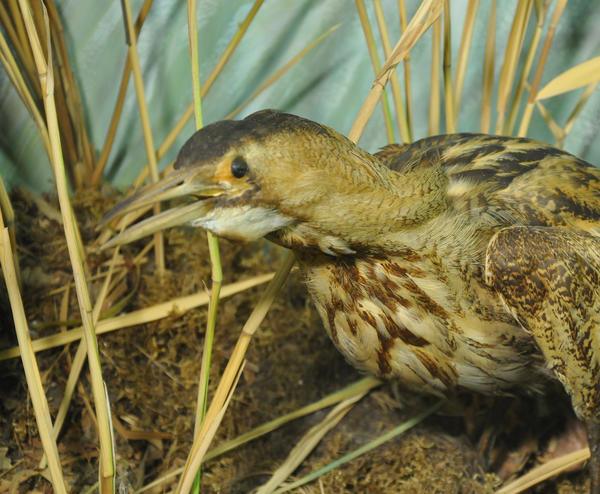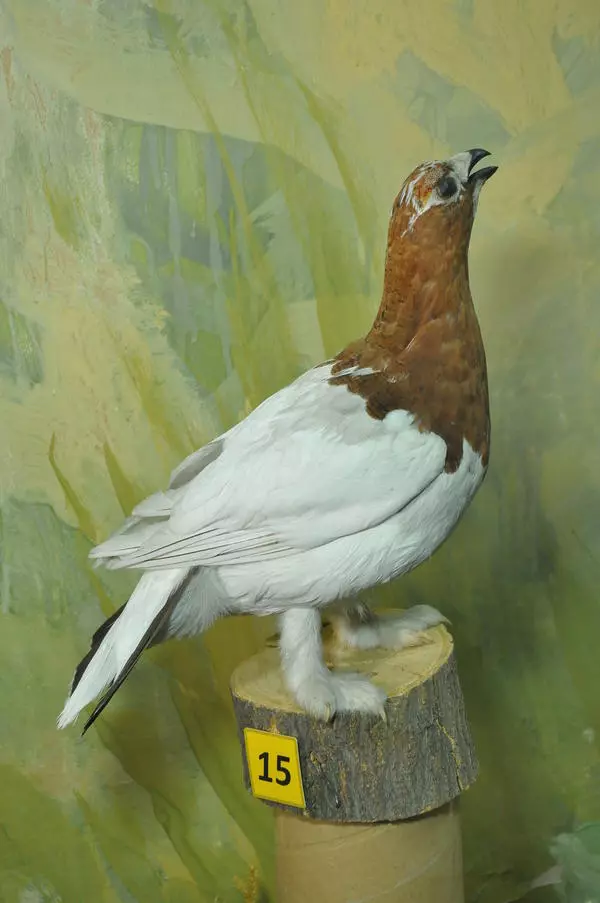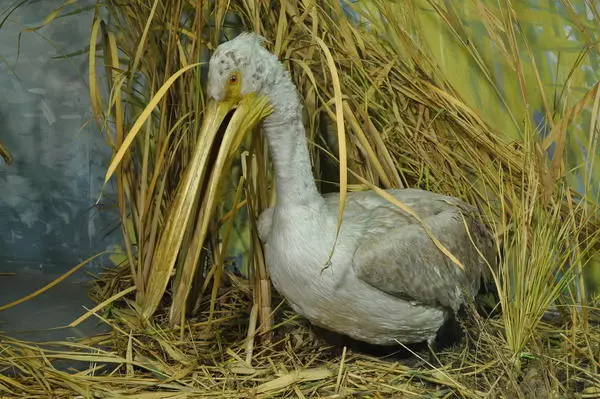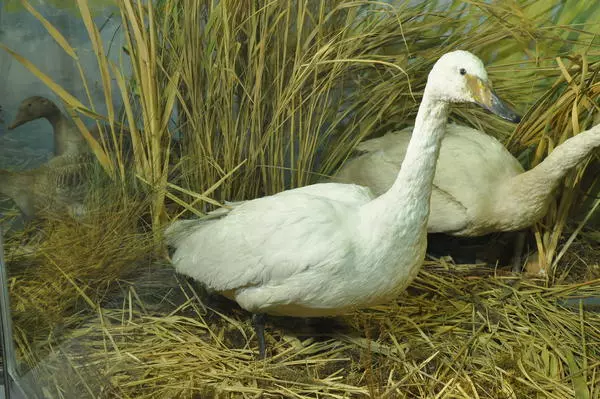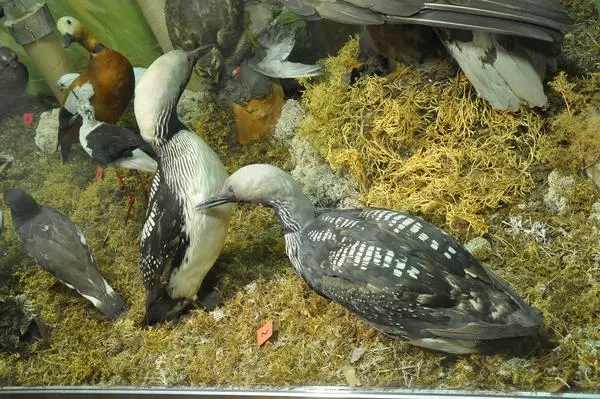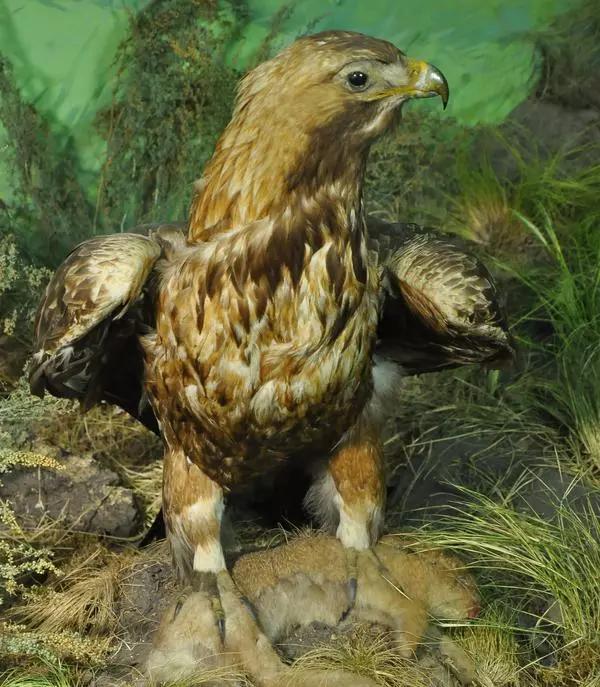Eurasian bittern belongs to the Heron family, class of Ciconiiformes. It really looks like a heron, but it is more stocky and short-legged. Bittern has protective coloring, its feathers alternating from white and pale ocher to brown and black. This allows the bird to easily hide among the thickets, where there are always lots of yellow dry and blackened half-rotted debris. Bitterns hunt by the water, looking for and stalking small prey such as insects, frogs, tadpoles, small fish and crustaceans. When hunting, the bird is able to stand motionless for rather long periods of time.
The most characteristic habitats of this species are extensive reed thickets in swamps and along the outskirts of lakes. Bittern is surprisingly adapted to dwelling in such places and leads a secretive nocturnal life. It rarely comes into sight, and if taken by surprise, it hides, usually taking a characteristic pose, with its neck and head stretched up.
During the mating season, males utter a characteristic and recognizable cry; most of all it resembles a short bass low mooing of a bull. In calm weather, it can be heard at a distance of 2 to 4 kilometers. You can usually hear this ‘singing’ at dusk and at night. For these sounds, in some regions of Russia bittern is called a stag or a water bull.
While males are ‘singing’, females build flat, but durable nests from reed and other vegetation in remote thicksets. In most cases, nests are floating, nests on a solid foundation are rarer. The clutch contains 3 to 7 eggs. The bittern lays them at intervals of several days.
